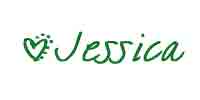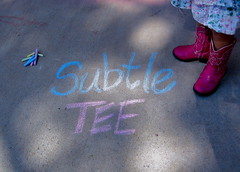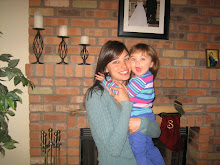Fortunately, or not, our timeline was moved up a little when we discovered that the shower board backing wasn't properly attached and started falling right off!
 We looked into a quick fix with pre-manufactured shower kits starting at $800, but of course we couldn't stop thinking that we could just build our own shower and slap some tile on top for the same money or less.... so we did.
We looked into a quick fix with pre-manufactured shower kits starting at $800, but of course we couldn't stop thinking that we could just build our own shower and slap some tile on top for the same money or less.... so we did.And here's how we did it:
Step 1
Removed the faucet and handles. Peeled (at this point) off the deteriorating shower board.
 Ew, I just cringe to think we were trying to clean ourselves in something like this!
Ew, I just cringe to think we were trying to clean ourselves in something like this!Step 2
Tore out the backer board and built 2 boxes for inset shower shelves.

 Step 3
Step 3We learned the hard way from our first shower that you need to make the shelves a lot bigger than you might think to actually hold all the
Step 4
Cut new 1/2" backer board slabs to cover the exposed surfaces.
 Don't forget to cut holes for your faucet, handles and shower head if it will be covered by backer board.
Don't forget to cut holes for your faucet, handles and shower head if it will be covered by backer board.Step 5
Secured the fitted backer board to the wall with titanium coated screws along the studs (2 x4s) in the wall. We ended up using one screw ever 6" up. The trick here (And because it was so tricky, the kids, the camera and I were all furiously shooed out of the bathroom. Leaving us pictureless for this step. You must know how these things go don't you?).... anyway, the trick here is that you have to be careful to make the board as level to wall as possible to avoid leaks and so the tile will lay flat and smooth.
Flat and smooth against the wall.
Next up.... we start tiling!!!




























No comments:
Post a Comment